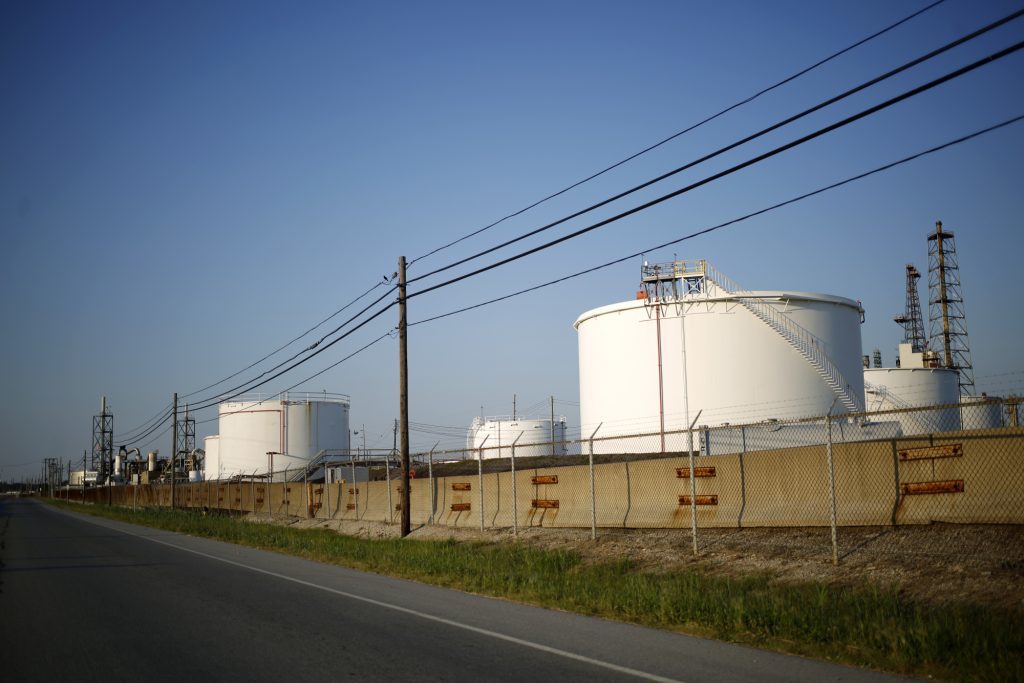
Oil stuck near a two-year high as a drop in US crude stockpiles added optimism to a rally underpinned by hopes for an OPEC deal extension.
Futures in New York surged as much as 2.2 percent to trade above $58 a barrel for the first time since mid-2015. Crude inventories fell by 1.86 million barrels last week, the Energy Information Administration said Wednesday. Prices briefly dipped after the report as the draw came in smaller than the 6.36 million decline posted by the American Petroleum Institute. Meanwhile, an outage on TransCanada Corp.’s Keystone pipeline has led inventories to contract in the Cushing, Oklahoma distribution hub.
“For better or for worse, Keystone being down is bullish for U.S. prices,” Matt Sallee, who helps manage $16 billion in oil-related assets at Tortoise Capital Advisors LLC, said by telephone. Prices had softened a bit due to “a little disappointment in that we got a draw, but not nearly what API was signaling,” he said.
The U.S. benchmark has jumped almost 6 percent this month amid signals that the Organization of Petroleum Exporting Countries and its allies may agree to prolong supply curbs beyond March when producers meet in Vienna next week.
OPEC will extend its deal through the end of 2018 when the group meets on Nov. 30, according to a Bloomberg survey of analysts and traders. The cartel is said to have invited another 20 non-members to its meeting in an effort to rebalance world oil markets, according to a person familiar with the matter.
“Expectations are pretty high,” Sallee said. “I don’t see upside from them concluding that they will extend the cuts because that is fully priced into the market.”
West Texas Intermediate for January delivery advanced 88 cents to $57.71 a barrel at 11:10 a.m. on the New York Mercantile Exchange. Total volume traded was about 68 percent above the 100-day average.
Keystone Outage
The front-month contract for WTI is trading at a premium to all the other longer-dated futures. This market structure, known as backwardation, typically indicates strong demand and tight supplies.
TransCanada plans to deliver about 15 percent of crude it hasn’t yet injected on its Keystone pipeline in November to at least one customer, according to a person familiar with the matter. The line shut last week after a leak in South Dakota. The closure has led to a tightening of crude in the U.S.
Brent for January settlement climbed 38 cents to $62.95 a barrel on the London-based ICE Futures Europe exchange. The global benchmark traded at a premium of $5.25 to WTI.
Nationwide crude stockpiles declined for the first time in three weeks to about 457.1 million barrels, according to the EIA. Crude stockpiles at Cushing, Oklahoma, the delivery point for WTI and the biggest oil-storage hub, slid by 1.83 million barrels, the biggest draw since July. Yet, U.S. output surged for a fifth week to 9.66 million barrels a day.